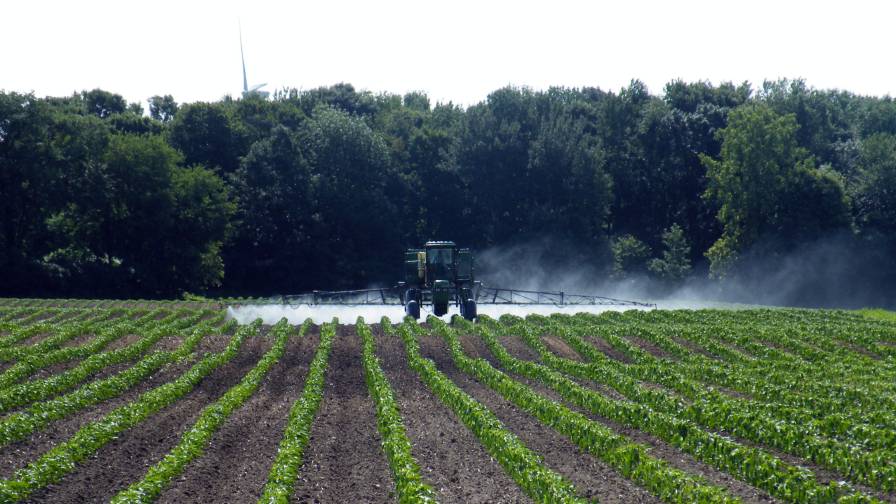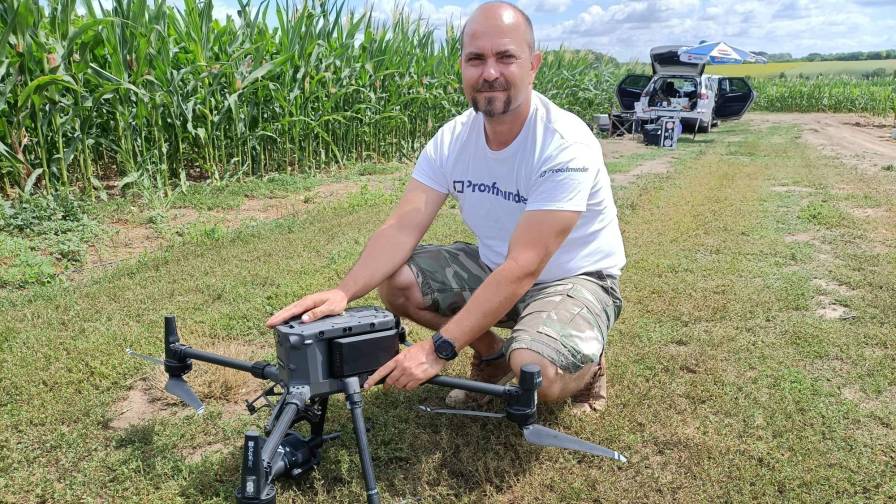Weather Imposes New Time Restraint On Safely Spraying Dicamba

Now more than ever is it important for FMIS groups, seed companies, and herbicide manufacturers to use high-resolution weather data in their platform so that their growers can prevent the growing dicamba drift issue.
Dicamba drift is causing an uproar and exposing the ag community to a new reality: growers are going to have to carefully plan their applications around stricter wind requirements or face the consequences. The biggest questions for growers are what wind speeds should they be concerned about and how much time does that leave them to spray?
“We’re going to have to take extra precautions since a lot of our neighbors will be growing crops that aren’t dicamba resistant, which for many, means spraying below the 15 mph requirement; likely at 10 mph or less for neighbors with sensitive crops.” according to Steve Pitstick, a progressive grower in Northern Illinois.
“Spray windows are tight as they are and many guys simply push and apply when conditions aren’t in the recommended window,” adds Michael Steeke; a precision ag crop consultant with Dynamic Crop Solutions in Perham, MN.
That attitude towards spraying is already causing havoc. Dicamba drift complaints are on the rise in several states but the number of cases aren’t accurate, says Pitstick. “Many growers aren’t reporting the cases because they’re using dicamba off label or outside the recommended values,” he said. “They don’t want their neighbors to get fined on top of the damage to their crop. Many work out the issue face to face.”
MORE BY TIM MARQUIS
How Industrial AI Can Maximize the Potential of Agriculture’s Planting Season
What Lessons Can the Ag Industry Learn from the Facebook Data Breach? How to Tell if Your Ag Data is Secure
By not reporting the issues, the result can turn into deadly face-to-face encounters, as was the case when Allen Curtis Jones murdered Mike Wallace over dicamba drift.
With dicamba launching on the market with near certainty for 2017, many states are also looking at raising significant fines for off label violations; upwards of $25,000 per incident in Arkansas, while Missouri is considering a raise to $10,000 per incident. More states are looking to follow suit.
Now more than ever is it important for FMIS groups, seed companies, and herbicide manufacturers to use high-resolution weather data in their platform so that their growers can prevent the growing dicamba drift issue. Groups that integrate will have the ability to log exactly on a field level what the weather conditions were from an insurance stand point for their growers, and use forecast data to advise on when the optimal spray window occurs.










